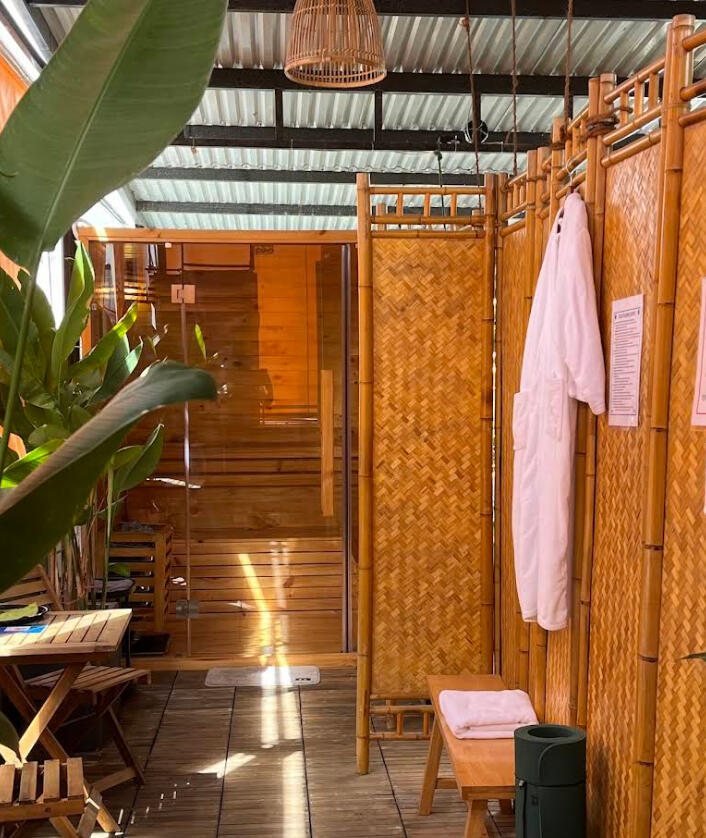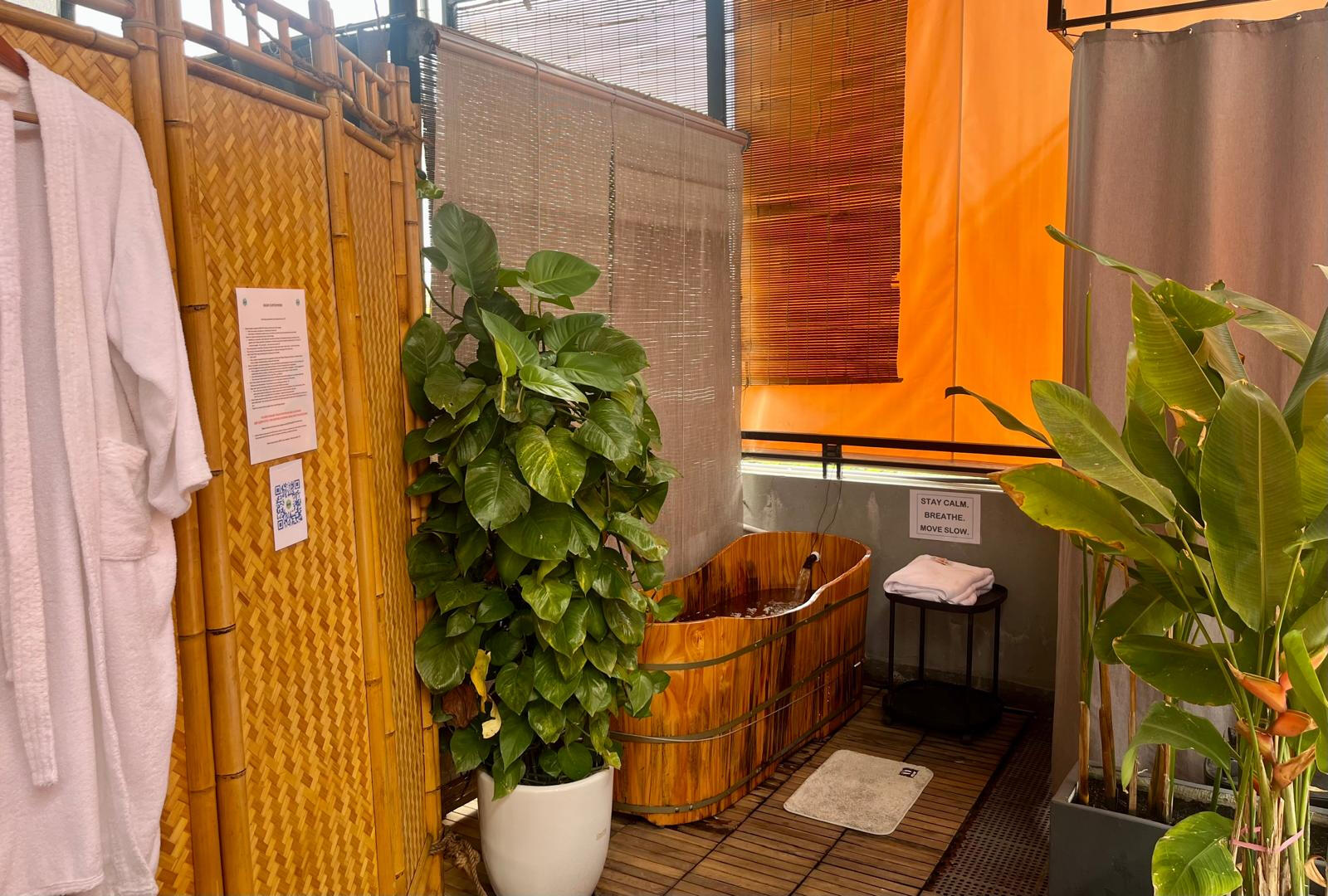
COLD PLUNGE

Done correctly, deliberate cold exposure
can positively affect
both brain and body health.Never tried it before?Here are some tips, guidelines and benefits -(in case you still need more convincing 😊)
Increase Energy and FocusDeliberate cold exposure causes a significant release of epinephrine (aka adrenaline) and norepinephrine (aka noradrenaline)
in the brain and body.These neurochemicals make us feel alert and can make us feel agitated, and as if we need to move or vocalize during the cold exposure.Cold causes their levels to stay elevated for some time and their ongoing effect after the exposure is to increase your level of energy and focus, which can then be applied to upcoming mental and physical activities.

Building Resilience & GritBy forcing yourself to embrace the stress of cold
exposure as a meaningful self-directed challenge.It is a skill that carries over to situations outside of the deliberate cold environment, allowing you to cope better and maintain a calm, clear mind when confronted with real-world stressors.In other words, deliberate cold exposure
is great training for the mind.
Enhancing Your MoodWhile not true of every stress, cold exposure causes
the prolonged release of dopamineDopamine is a very powerful molecule
capable of elevating mood, enhancing focus,
attention and goal-directed behavior.Even short bouts of cold exposure can cause a lasting increase in dopamine and sustained elevation
of mood, energy, and focus.

MetabolismIn the short-term, cold exposure increases metabolism as the body has to burn calories to increase core body temperature.The total calories burned from the cold exposure are not that significant.However, the conversion of white fat (energy storage) to beige or brown fat (which are highly metabolically active) can be beneficial for:1. Allowing people to feel more comfortable in the cold
(cold adaptation)2. Triggering further and more sustained increases in metabolism
SafetySTAY CALM.
BREATHE.
MOVE SLOW.This is supposed to be enjoyable! :-)
Don't let fear and wrong perceptions cause you to be anxious or apprehensive.Move slowly and with purpose.When entering the bath, DO NOT RUSH
(this can lead to injury to yourself and damage to the bath equipment)Don't take forever to submerge.
From stepping your first foot in, to being completely submerged
should be less than 10 seconds.Same when you come out of the bath, slowly and with purpose.
You don't want to slip or trip because you were in a hurry.Never do deliberate hyperventilation before or during cold water
(or ANY water) immersion.Always prioritize safety.

ProtocolAlways aim to submerge yourself up to your neck, for maximum efficiency.The optimum recommended dosage is doing deliberate cold exposure for
11 minutes per week TOTAL.NOT per cycle, but rather 2-4 cycles in the bath, lasting 3-5 mins each.Obviously you can do more, but 11 minutes per week sould be the minimum to achieve the benefits of cold exposure.Also, allowing your body to shiver may enhance metabolic increases from cold.Shivering causes the release of succinate from muscles and further activates brown fat thermogenesis.Try not to huddle or cross your arms while in the cold or after getting out.Also, don’t towel off.
Let your body reheat and dry off naturally.Admittedly, this can be tough. Especially if you're doing a Cold Plunge in the evening when the ambient temperature is lower.Doing it on a hot sweltering hot sunny day is much easier 😊The main thing is, find what works for YOU.
We want you to love and get as much out of your sessions as we do from ours :-)Together, we are HIVE.
